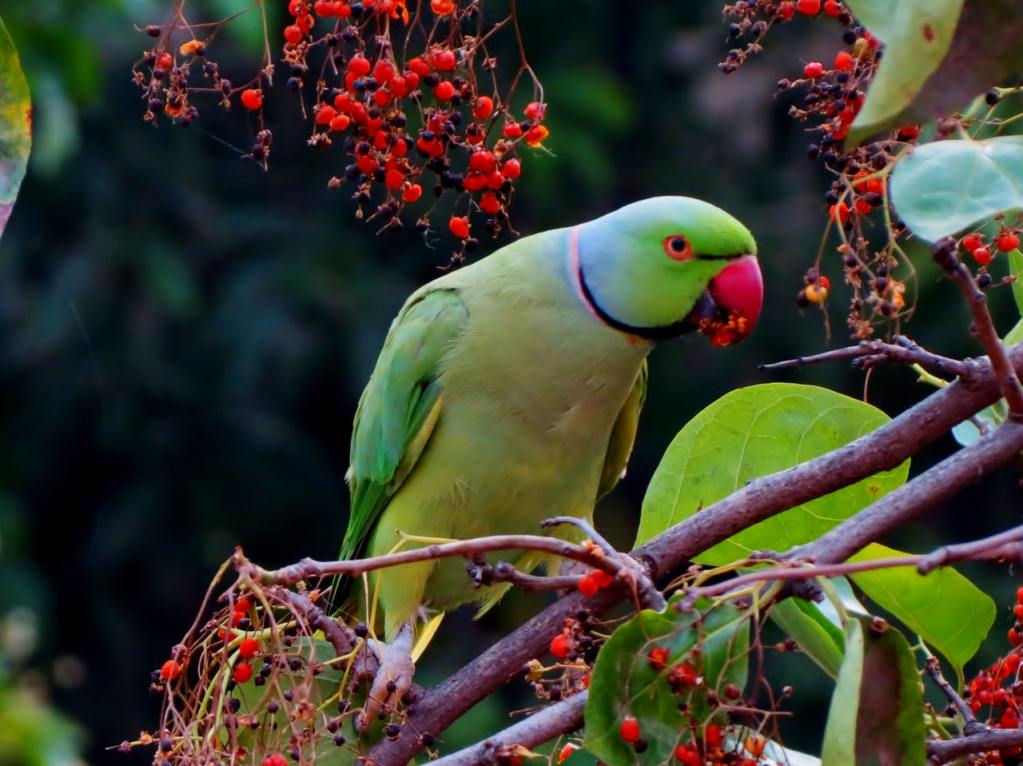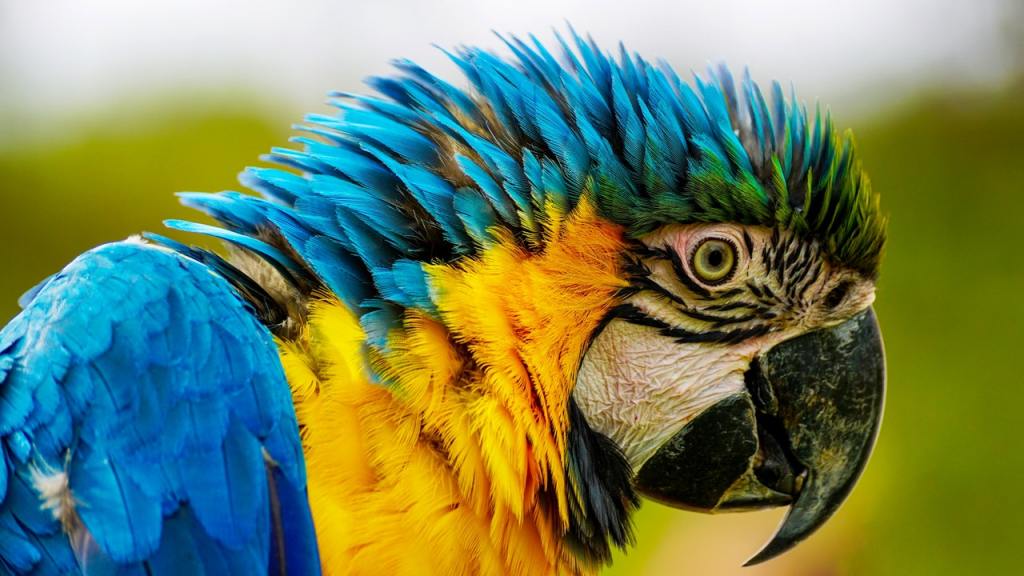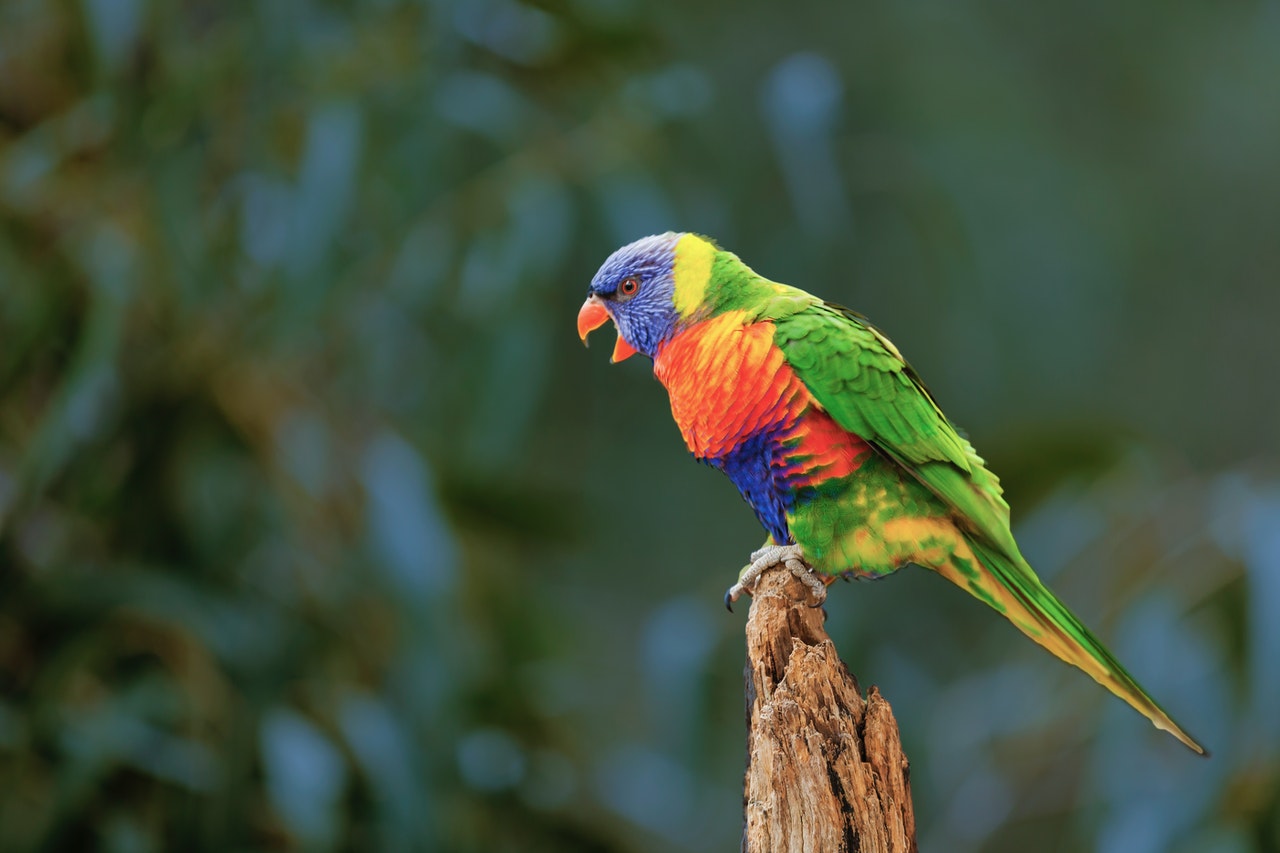Birds are fascinating, playful, and beautiful, qualities that make them wonderful pets. With their fun personalities and lengthy life spans, it’s easy to see why keeping birds is so popular. But ornithologists say our feathery friends are also a lot more intelligent than most people realize.
According to Merriam-Webster, “intelligence” is defined as “the ability to learn or understand or to deal with new or trying situations or the ability to apply knowledge to manipulate one’s environment.” Since you can’t ask a flock of birds to take an IQ test, the most effective way of gauging their intelligence is observing their behavior.
Birds have been known to pull off some impressive feats, such as recalling faces for generations, placing nuts in the road so passing cars crack them open, leaving bait for fish to improve their odds at hunting, and working together to catch prey. Birds are also affectionate, as evidenced by the way they care for nestlings, form lifelong bonds, and mourn their dead.
While not all birds are intelligent — we’ve all seen dumb birds who aren’t the sharpest knives in the drawer — birds commonly kept as pets are among the smartest around. If you’ve been wondering how to train a bird, stay tuned for some helpful bird tips that will keep you and your bird entertained for hours.

Getting started
If you’ve recently adopted your bird, he may not know what to make of your training sessions. Choose a quiet location without any open doors, and we recommend covering the windows to keep your bird’s attention on you instead of the outside world.
Birds are chatty creatures, and they find the sound of their owner’s voice comforting. Starting off your training session with a few minutes of playtime and conversation teaches your bird that you’re about to do something fun together and makes him more receptive to learning.
Use slow, deliberate movements, especially if your bird hasn’t been with you for long. Some birds are more anxious than others, and sudden movements may startle them, which is not conducive to a productive training session.

Teach your bird to step up on command
One of the easiest tricks to teach your bird is the step-up command. The majority of birds automatically step onto the nearest surface when they feel pressure against their bellies. Press gently on his belly with your fingers and say “step up” in a calm, friendly manner. (For larger birds, you’ll want to use your forearm instead of your fingers.)
Because birds have short attention spans, we recommend training in two to three 10-minute sessions each day. Continue giving your bird’s belly a gentle nudge while saying “step up” until your bird doesn’t need you to press his belly to respond to your command.
Teaching your bird to step up on command is a useful trick for trips to the vet, and it makes cleaning your bird’s cage a whole lot easier. Make sure you praise your bird for each successful completion of the trick, even if you had to nudge his belly first. Positive reinforcement in the form of treats and attention is a fantastic way to encourage your bird to heed your commands.
Teach your bird to wave
Once your bird knows how to step onto your finger, you’ll be able to teach him how to wave. You’ll start off the same way you begin other training sessions — with a bit of play and soft conversation. Ask your bird to wave, holding your finger out for him to step onto it. When your bird raises his foot, slowly withdraw your finger and praise him for a job well done.
Eventually, your bird will wave automatically when you ask. It may take awhile for your bird to master this trick, but it makes for one of the cutest displays of intelligence we’ve ever seen.

Keep it up
Maintaining a consistent training schedule is important. It’s better for birds if their lessons occur around the same time each day, but let your bird help guide you. If you notice signs of sleepiness, fear, or aggression, it’s best to put training on pause and try again later.
Once your bird has mastered two of the simplest tricks, you can move on to more complex lessons, such as teaching your bird to talk — if he can — or potty training. Birds are clever, but they require patience, dedication, and love during the training process. Don’t rush his training, be sure to praise him every step of the way, and you’ll be amazed by the wonderful tricks you can teach your feathery friend.



